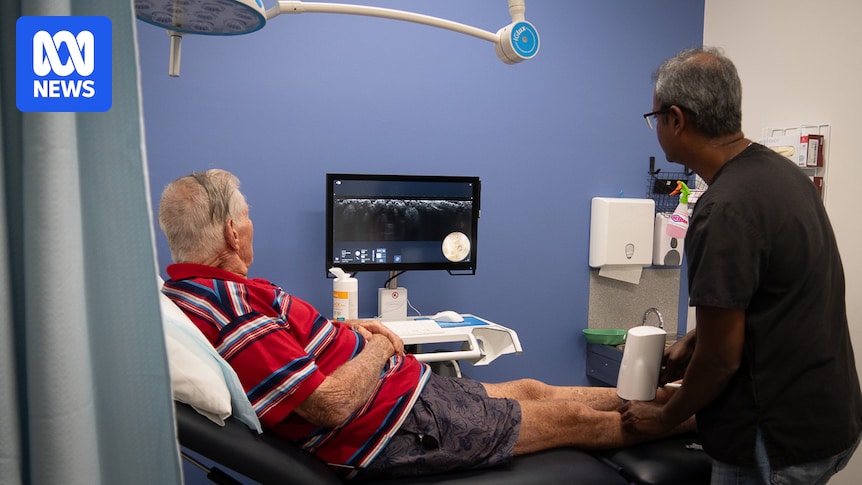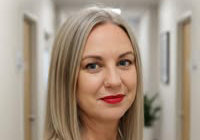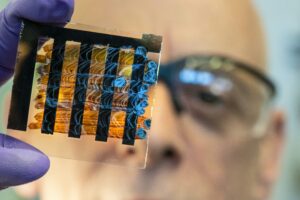
A skin cancer clinic in Cairns is at the forefront of medical innovation, trialing cutting-edge technology that utilizes lasers and artificial intelligence to identify skin cancers without invasive procedures. This initiative, spearheaded by Dr. Vin Rajeswaran, aims to alleviate patient anxiety associated with traditional biopsy methods.
Dr. Rajeswaran, vice-president of the Skin Cancer College Australasia, decided to import the revolutionary machine to address the apprehension many patients feel when visiting his clinic. “People don’t understand how much of a scary situation it is unless you’re a needle-phobe like me,” he explained.
Traditional skin pathology often involves excising a lesion for biopsy, a process that can result in scarring even if the mark is benign. However, advancements in medical imaging now allow doctors to use low-powered lasers to scan skin lesions, providing a 3D view of potential tumors. This technology promises to significantly reduce the need for needles, bleeding, and scarring, potentially transforming skin cancer diagnostics.
Revolutionizing Skin Cancer Diagnosis
The diagnostic machine, known as Deep Live, employs a technology called line-field confocal optical coherence tomography (LC-OCT). This allows for real-time visualization of cells, eliminating the typical wait for biopsy results. “If you’re a young woman or man and the biopsy is supposed to be done on the tip of your nose, we can stop the scarring from happening because it could be a benign lesion,” Dr. Rajeswaran noted.
Australia, grappling with one of the highest rates of skin cancer globally, stands to benefit immensely from such technology. According to the Cancer Council, 99% of skin cancer cases in the country are either basal cell or squamous cell carcinomas. The Deep Live machine can also identify basal cell carcinomas using AI, mapping the carcinoma’s boundaries accurately to ensure precise removal.
Economic and Medical Implications
Despite its promise, the use of this technology is not currently subsidized by Medicare, meaning patients opting for a scan over a biopsy are not eligible for a government rebate. The Melanoma Institute of Australia is actively involved in international research to develop non-invasive diagnostic tools, including AI, and is working on a national screening roadmap. This initiative is crucial in advocating for Medicare subsidies and determining when non-invasive options should be employed.
Professor Pascale Guitera, a leading dermatologist and director at the Melanoma Institute, emphasized the importance of reducing unnecessary biopsies and finding malignant cancers more swiftly. “One of the things we want is not only to find the nasty [cancers] quicker, but we also want to reduce the amount of unnecessary biopsies,” she stated.
“The whole planet is looking at what we’re doing, in particular with this roadmap, because depending on the decision taken there, I think we’ll have a lot of governments looking and maybe copying what we put in place,” said Professor Guitera.
Expanding Access to Regional Areas
As the Cairns clinic adapts to this new technology, the few other machines in Australia remain confined to research settings. Adam Jacobson, a medical imaging technologist with Damae Medical, the manufacturer of Deep Live, highlighted the technology’s recent commercial availability after nearly a decade of development.
Dr. Rajeswaran is exploring ways to bring this innovation to isolated towns like Weipa, over 800 kilometers north of Cairns. “Normally these machines come to Sydney, Melbourne or Brisbane first and then it gets spread out to the rest of the place, and my passion is to bring it to regional towns,” he said.
With no rebate available, Dr. Rajeswaran plans to charge patients between $50 and $100 for scans, depending on the lesion size. However, he expressed skepticism about widespread adoption without Medicare subsidies, emphasizing the need for a patient-focused approach over commercial interests.
“There has to be more focus on patient benefit and outcome, rather than how much we can make out of this machine,” Dr. Rajeswaran asserted.
This pioneering effort in Cairns could set a precedent for the global medical community, potentially influencing healthcare policies and practices worldwide. As the technology continues to evolve, the implications for patient care and medical economics are profound, promising a future where skin cancer diagnosis is both less invasive and more accessible.






